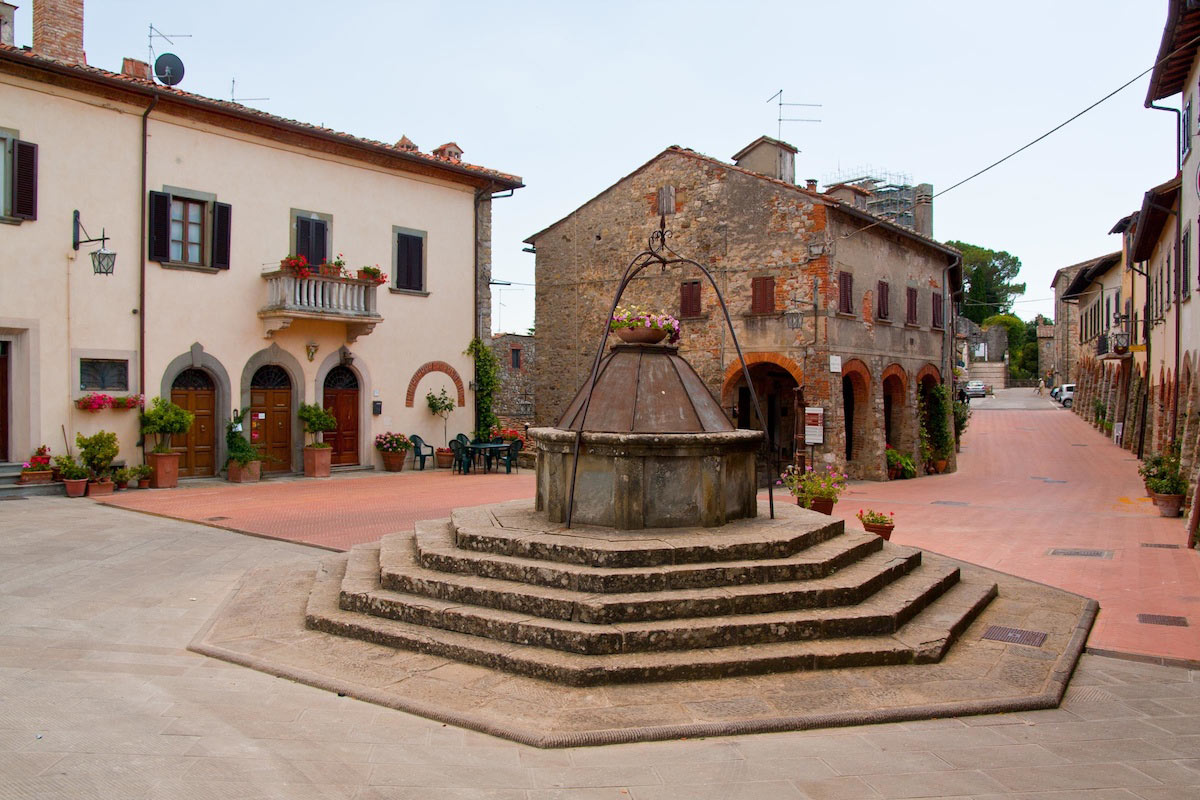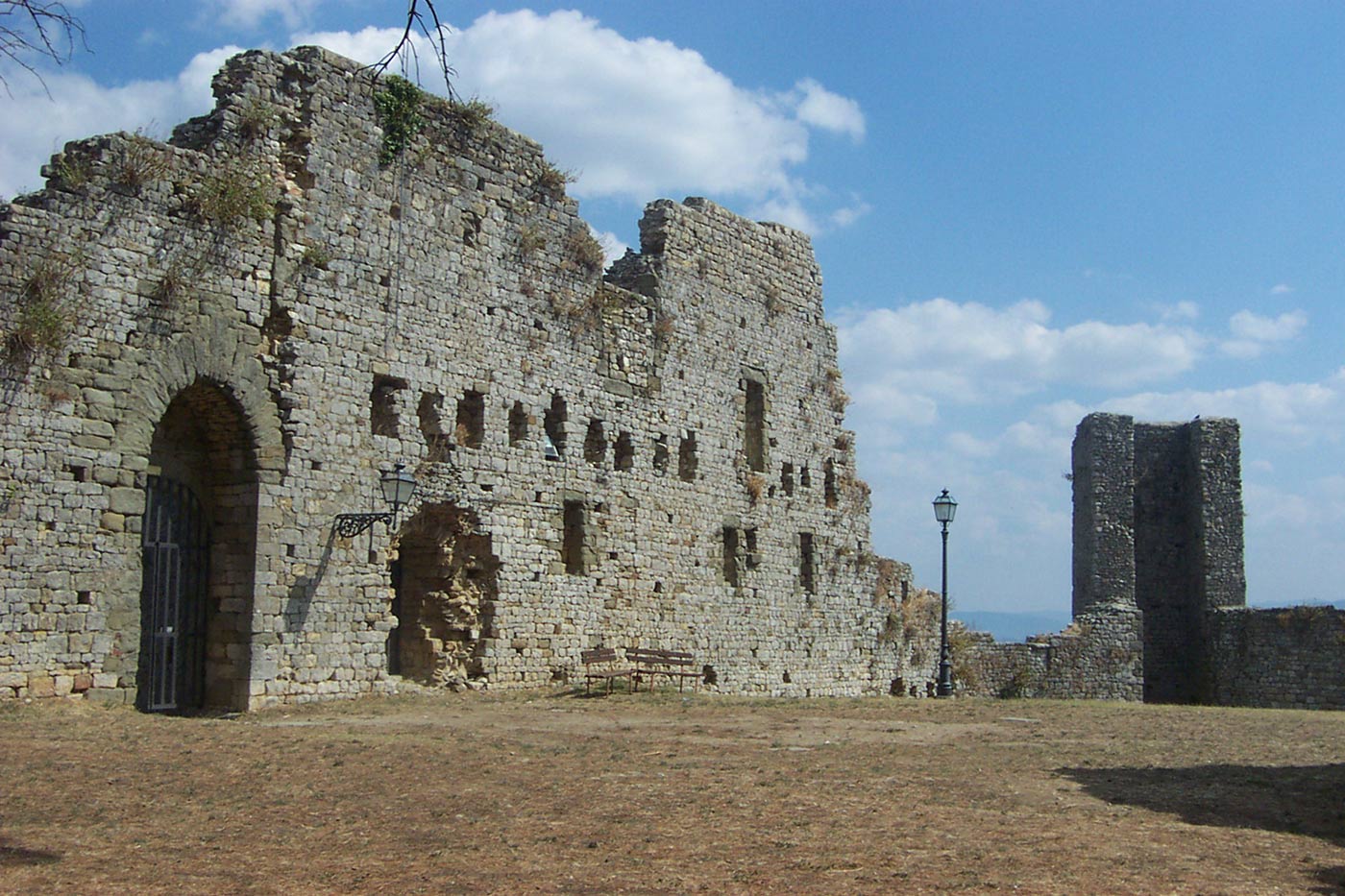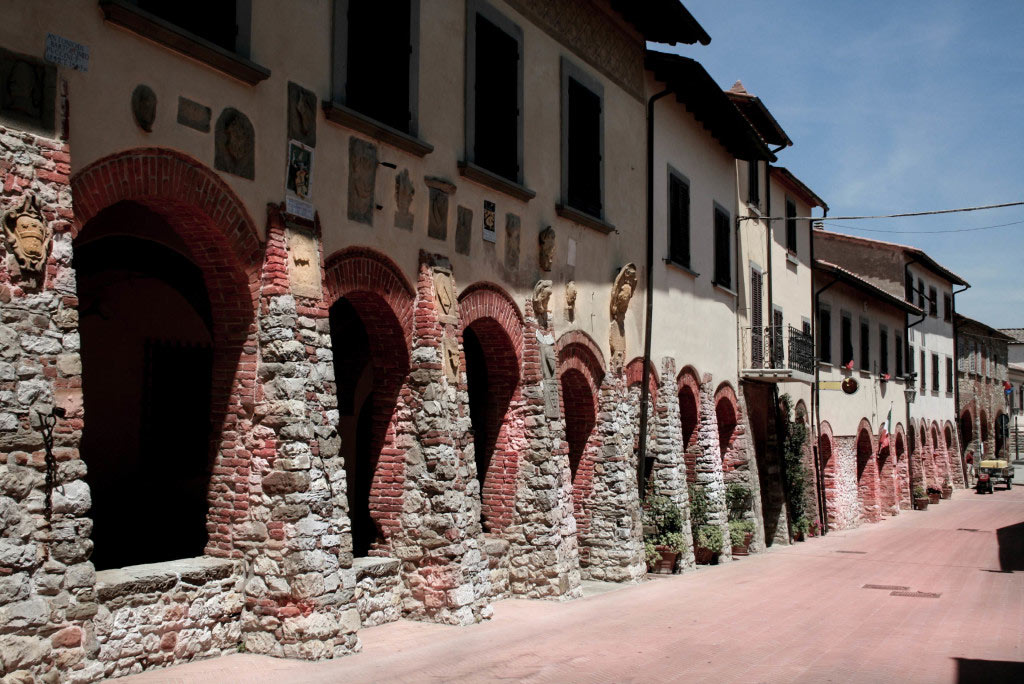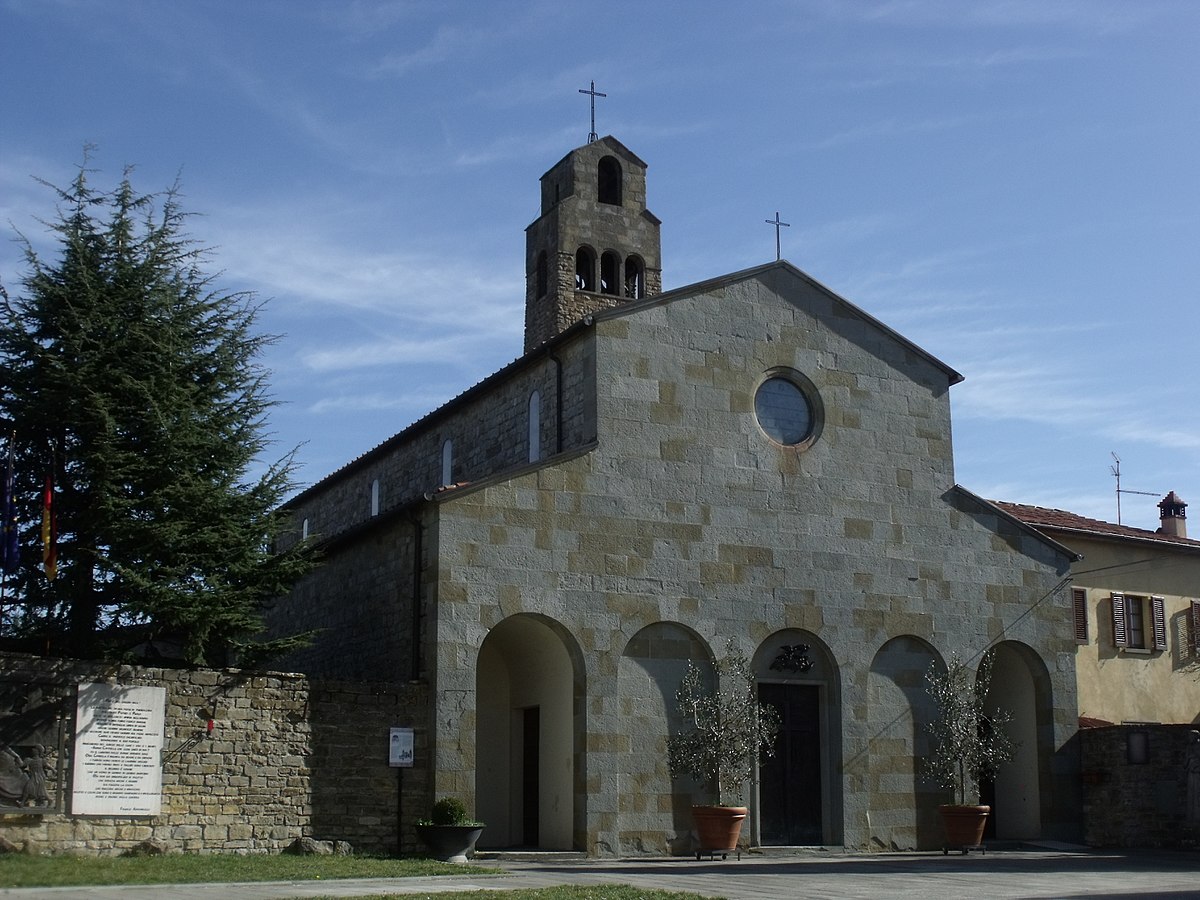Why Civitella in Val di Chiana is worth a visit
11 Oktober 2018
Tuscany is a region dotted with hamlets: large, small, popular, unknown, populated or uninhabited, you have a wide range of choice! This time we suggest you Civitella in Val di Chiana, a hidden gem close to Arezzo.
How to get there and what to visit

Civitella in Val di Chiana is a characteristic medieval hamlet located on top of a hill, a few kilometers from Arezzo and 40 km from Montepulciano.
It would be more correct to say that Civitella in Val di Chiana is a “scattered town”, because it is made up of many districts of equal importance. This town is divided into two distinct areas: the mountain area covered with woods where is located Civitella, and the plain area, where there are the most populated districts such as Badia al Pino, Pieve al Toppo and Viciomaggio.
The importance of Civitella in the past was due to its dominant position, at 525 meters above sea level, that was strategical for the defense of the town of Arezzo and the rest of central Italy.
For this purpose, here was built the Rocca Longobarda, one of the best examples of fortified architecture in Tuscany and the undisputed symbol of Civitella almost unaltered over centuries.

Credits: www.visittuscany.com/it/attrazioni/la-rocca-di-civitella-val-di-chiana/The Rocca was built on a pre-existing Etruscan-Roman settlement, and its construction dates back to XIII century. All around the hamlet there is a fortified wall, built in 1272 by the bishop Guglielmino degli Ubertini.
The walls are interspersed with square towers, and in ancient times they had two gateways to the castle: Porta Aretina and Porta Senese. Porta Aretina was destroyed by bombing during the Second World War, while Porta Senese remained intact. Walking through the historic center of Civitella is an enchanting experience, and there are plenty of places of interest to visit: among those more noteworthy – in addition to the aforementioned fortress – there are Palazzo Pretorio and the Church of Santa Maria.
Palazzo Pretorio is a building built by the Florentines between the XIV and XV century to house the Podestà, and maintained this use until 1917 until it was turned into the town hall.
What we see today is an incomplete version of the Palace, which lacks the double-arched loggia; you can see the remains in the part adjacent to the main entrance.
One of the must-sees is definitely the fresco depicting the Majesty between two Saints, located at Sala delle Udienze.

Credits: www.fotodiaries.com/italia/civitella-in-val-di-chiana/
At Piazza Lazzeri rises the Church of Santa Maria; dating back to 1000 and completed in 1252, this church has a Romanesque architectural style and has, over time, been restored many times.

Credits: By LigaDue [CC BY-SA 4.0 (https://creativecommons.org/licenses/by-sa/4.0)], from Wikimedia Commons
On the right aisle there is a work by Teofilo Torri, a painter lived in XVI century, born in Arezzo and belonging to the Vasari school.
Today the Church of Santa Maria has a stone facade in classic Tuscan style, extremely plain but embellished by the bronze portal designed by the Florentine artist Bino Bini.
Credits preview photo: handluggageonly.co.uk/2015/10/18/have-you-ever-heard-of-civitella-in-val-di-chiana/.


